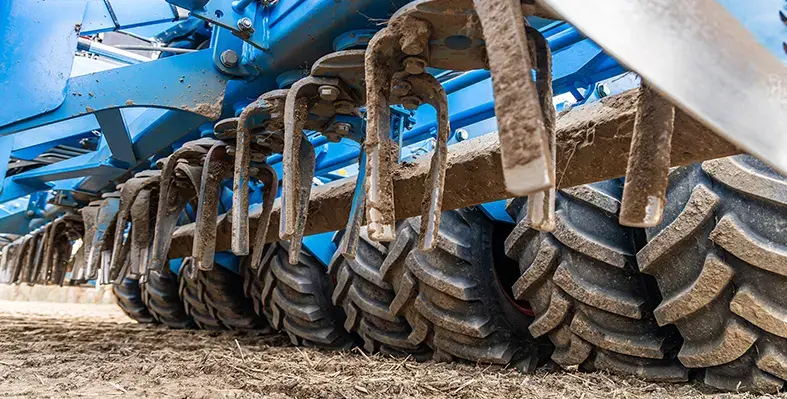AGRA has launched the Africa Digital Crop Variety Catalogue – the first digital platform of its kind on the continent
Developed in partnership with Ministries of Agriculture, National Agricultural Research Systems (NARS), and national regulatory bodies, the platform currently covers six countries: Ethiopia, Malawi, Nigeria, Rwanda, Tanzania, and Uganda.
The new digital catalogue is an interactive, searchable database of officially released crop varieties. It aims to solve long-standing challenges in Africa’s seed systems, including outdated records, lack of access to reliable data, and fragmented variety lists. Despite hundreds of improved crop varieties being developed in Africa, there was no central platform where stakeholders could easily access updated information—until now.
For over 20 years, AGRA has been a leader in strengthening seed systems. The organisation has helped release 688 improved crop varieties, supported 114 African seed companies, and empowered 38,000 agro-dealers. These efforts have improved seed access for 33 million smallholder farmers.
The launch of the digital catalogue is led by CESSA – the Centre of Excellence for Seed Systems in Africa – a platform by AGRA that offers training, tools, data, and digital solutions to improve seed access across the continent.
The Africa Digital Crop Variety Catalogue is based on AGRA’s research and tools such as SeedSAT and the Seed System Performance Index (SSPI), which is now used as a standard by the African Union. It supports the Seed Investment Plan—a blueprint for stronger seed systems in Africa.
This platform will help regulators, researchers, seed companies, NGOs, and farmers make better decisions about seed selection, production, and marketing. It also helps reduce compliance and certification issues, which have previously slowed seed adoption. Importantly, the platform helps improve access to information for women and young people who often face barriers in the agricultural sector.
With its simple and accessible interface, the platform improves transparency, supports smarter investment, and encourages innovation in Africa’s seed systems.
Jane Ininda, interim director at CESSA, said,“This catalogue is more than a digital tool—it’s a turning point for Africa’s seed systems. By bringing together reliable crop data, it supports better research, stronger policies, and fairer opportunities for farmers. It helps us build a more resilient and inclusive agricultural future.”












